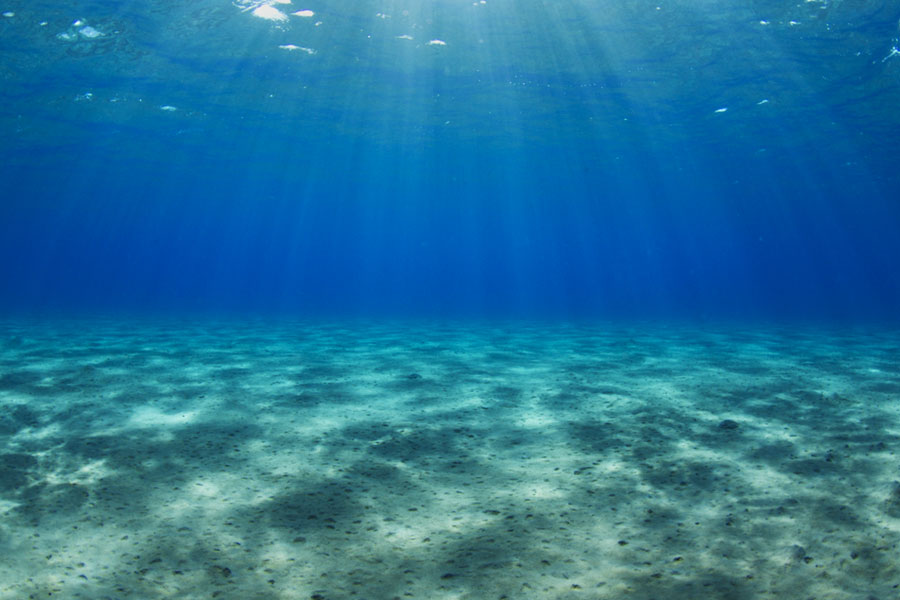Famed for its blue seas, breathtaking views and cove-studded coastline, the Mediterranean island of Capri has been a tourist haven since the early years of the Roman empire.
Unlike in the imperial heyday, when emperors made it their exclusive playground, Capri now attracts visitors from around the world, clogging its narrow alleys, packing the piazzas and blocking the beaches during the hot summer months.
As many as 16,000 tourists a day pour onto the rocky isle in peak season, outnumbering the 12,900 residents. Most are day trippers, but increasing numbers stay the night as ever more homes are given over to holiday lets, bringing its own problems.
“Capri is becoming a dormitory for tourists,” said Teodorico Boniello, head of the local consumers’ association. “There are more people coming than we can cope with and families can’t set down roots because they can’t afford to stay.”
Capri is a microcosm of many European holiday hotspots. Locals depend on visitors for their livelihoods, but the advent of mass tourism risks turning their picture-perfect beauty spots into blobs of shuffling humanity.
Some Italian towns and islands are starting to push back, albeit gently.
Venice last week became the first city in the world to introduce an entrance fee for visitors in peak periods, Florence has banned new holiday lets in the city centre and the Cinque Terre park on the Italian Riviera started charging €15 for access to a popular coastal footpath to tackle overcrowding.
Capri has doubled its visitors’ fee from €2.5 to €5, which outsiders pay when they catch a ferry from nearby Naples or Sorrento from April to October.
“We are looking to persuade more people to visit during winter,” Capri mayor Marino Lembo told Reuters, sitting in his office with the smog of Naples hanging far in the distance.
But such a fee looks unlikely to dissuade tourists from travelling to an island with more than four million tagged photos on Instagram, drawing in an endless flow of visitors eager to add the same views to their social media pages.
Moreover, locals say it will do nothing to help ease the housing crisis, which forces many essential workers, including teachers and medics, to live on the mainland.
Early starts
Antonio De Chiara, 22, wakes up every morning at 5.20am in his hometown near Naples to be sure to catch the 7am ferry, which takes 50 minutes to reach Capri. Around 400 other commuters join him on the ride across the bay.
Barely out of Naples, those on a tight schedule start queuing in the aisles to ensure they are first off the boat to grab a seat on one of a handful of small buses that head up the hill to town. Stragglers risk a lengthy wait.
“It would be lovely to live in Capri, but it is very difficult. Even if I could find a place, the rent would take up all my salary,” said De Chiara, who recently got a job as a child therapist on the island.
Stefano Busiello, 54, teaches maths in a Capri high school but lives in Naples and has commuted for 20 years. “I have never even tried to find a house here. I could never afford one and things are getting harder.”
Only 20 per cent of staff in his school live on Capri, he said, with everyone else arriving on the ferries — a daily grind that means most of his colleagues stay not more than two or three years before seeking a transfer to mainland schools.
Post-Covid surge
Vacation rental platform Airbnb lists more than 500 properties on Capri against around 110 in 2016. This is just the tip of the iceberg, with local families renting out their properties during the summer months on unregulated portals.
“This short-term rental market is chaotic. There are no controls,” said Lembo.
The end of the Covid pandemic has seen tourism surge across Europe as global travellers seek to make up for lost time.
Italy had near record overnight stays in 2023, according to data collated by the Florence centre of tourism studies, and was the 5th most visited country in the world in 2023, with tourists drawn to its quaint villages and culture-rich cities.
But none were built for mass travel.
Lembo acknowledges the problems but denies tourism is ruining an island his ancestors have lived on for centuries. “I don’t agree with nostalgics who say Capri was more beautiful 100 years ago. There was misery and poverty back then. Now there is wealth, and that is thanks to tourism.”











